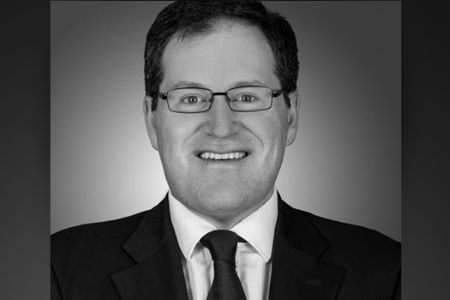
The case is the first class action to go all the way to judgment in the country

While shareholders in future class actions will benefit from the landmark decision on the Myer class action in the Federal Court of Australia, an expert says that the judgment also showcases risks in such cases.
Justice Jonathan Beach said in the judgment handed down Thursday that Myer misled investors and breached continuous disclosure obligations when it failed to correct its profit forecast for fiscal year 2015.
The case is the first class action to make it all the way to judgment in Australia.
Damian Grave, class actions partner at Herbert Smith Freehills, said that the judgement “provides some initial clarity on substantive legal questions” that are consequential to securities class actions in Australia.
“The decision is the first decision of a superior court in Australia which has accepted the availability of a market-based theory of causation in the context of a securities class action,” Grave said.
The acceptance of market-based causation means plaintiff will not need to prove every single class member relied on a misstatement.
“While the court found that Myer contravened the continuous disclosure and misleading or deceptive conduct provisions in the Corporations Act, it also found that the applicant and group members may not have suffered any loss flowing from Myer’s contraventions,” Grave said. “The decision shows that there are still risks for shareholders in these types of matters given that the court found that in the circumstances of this case, no loss may have been established.”
The case stems from statements made by Myer’s then-chief executive Bernie Brookes in September 2014, when he said that the department-store giant’s net profit for the year was expected to be more than the $98.5m tallied by the company in the prior financial year.
In March 2015, Myer said that profits for fiscal 2015 would probably be less than in 2014, at between $75m and $80m. When it finally released full-year results, it reported profits of $77.5m for fiscal 2015.
Despite Myer’s breach of continuous disclosure obligations by failing to correct Brooke’s statement between September 2014 and March 2015, the judge said that he was “not convinced that the applicant and group members have suffered any loss flowing from such contraventions” since the market already priced into the company’s share price a net profit after tax that was significantly below the upbeat picture painted by Brookes.
“In other words, the hard-edged scepticism of market analysts and market makers at the time of the contraventions had already deflated Mr Brookes’s inflated views,” Beach said. Any required corrective statement from Myer, if they were made, were likely to not have had a material effect on the marketplace, he said.
Grave said that in the meantime, expect the class-action space to remain active.
“Although it is too early to assess the precise impact of the decision on the securities class actions landscape, it is expected that in the interim the prevalence of securities class actions in Australia will continue,” Grave said.
damian grave hsf.jpg
Damian Grave